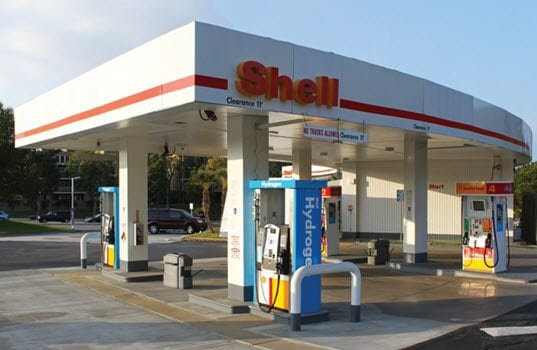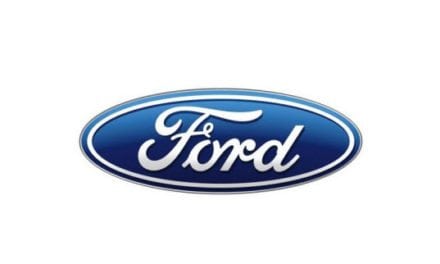By Joe Gagliano, California Fuel Cell Partnership
You may have recently seen a spike in media stories regarding hydrogen fuel cell electric vehicles (FCEV). Toyota announced its next-generation fuel-cell vehicle at the November 2013 Tokyo Auto Show and in the US at the 2014 Consumer Electronics Show this past January. Honda and Hyundai introduced their next generation fuel cell vehicles at the LA auto show in November of last year. These announcements have generated a wave of articles and commentaries on whether such vehicles will really see the commercial market. Well, these announcements are just the beginning. Expect to see other announcements from other major auto manufacturers in the next couple years. The commercialization of hydrogen fuel cell electric vehicles is about to begin.
Why Hydrogen Fuel Cell Vehicles?
The driving force behind the development of FCEVs in the US is the California Air Resources Board Zero Emission Vehicle (ZEV) program. Introduced in the late 1990s, the program requires major auto manufacturers to produce for sale an increasing number of passenger cars that emit no pollutants. During the timeframe 2015 through 2017, 14% of the vehicles sold by major auto manufacturers in California are required to be ZEVs. By 2025, the program requirement increases to 22% of vehicles sold in the state.
At the time that the program was introduced in California, the only feasible ZEV technology was battery electric technology. This program has given rise to not only pure battery electric vehicles like the Nissan Leaf, it has also spurred on the development of the wide selection of hybrid electric vehicles like the Toyota Prius and the Chevy Volt among others. Concurrently, a number of major auto manufacturers began research and development programs investigating the feasibility of producing hydrogen fuel cell electric vehicles for the consumer market. And while media attention and interest has waxed and waned over the past 20, the major auto manufacturers have been remarkably consistent and persistent in their FCEV technology development programs.
The differences between a FCEV and battery electric vehicle primarily have to do with vehicle range, refueling time, and the source of electricity to power the vehicle. The vehicle range of a FCEV is approximately 300 miles on a tank of hydrogen, comparable to that of today’s gasoline powered vehicles. Also, the time it takes to refuel a FCEV is almost identical to the time it takes to fill your gasoline vehicle. Unlike a battery powered electric vehicle where electrical energy is stored in a bank of batteries on board the vehicle, in a FCEV electricity is produced on board the vehicle in the fuel cell stack.
How the Fuel Cell Electric Vehicle Works
Like battery electric vehicles, the drive train of an FCEV is powered by an electric motor. Electricity is produced on board the FCEV when hydrogen and oxygen catalytically combine in the vehicle’s fuel cell stack. A FCEV typically carries a fuel storage tank with a capacity of from 4 kg to 6 kg of hydrogen. With hydrogen in the vessel stored at a pressure of 10,000 psi, this allows the FCEV a range of approximately 300 miles. FCEVs also have a small battery onboard to store electricity from regenerative braking and which can be used to provide power boost in some FCEV models. As with battery electric vehicles, there is also a power control module which governs the distribution of electrical energy throughout the vehicle and its various systems.











